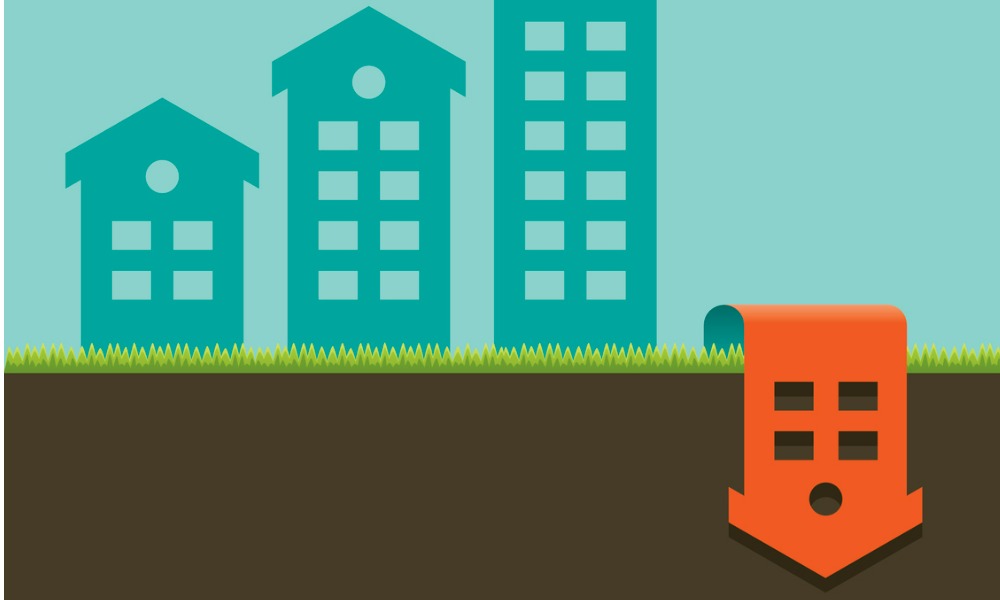It saw the smallest number of new listings during any December in 17 years

The property market in December hit a 17-year low, according to property website realestate.co.nz.
According to the report, the number of new listings was at the lowest recorded for any December by the website since it began tracking. In addition, the average asking price across the country was f$842,476, the lowest level recorded since April 2021.
Realestate.co.nz spokesperson Vanessa Williams noted that while December marked the time of the year where the property market typically cooled down, December 2024 was “record-breakingly quiet.”
Notably, new listings in December fell by nearly 60% month-over-month, from 11,129 to 4,767. This was a higher drop than the 50% decrease seen between November and December 2023, which was 10,712 to 4,828. Out of 19 regions in New Zealand, Northland, Auckland, Waikato, Bay of Plenty, Hawke’s Bay, Taranaki, Wellington, Central Otago/Lakes District, and Manawatu/Whanganui also reportedly hit the lowest December levels for new listings in 17 years.
Williams said that this continued the trend of declining listings in the market during the last month of the year in recent times.
“Over the past 17 years, we’ve observed a steady decline in the number of properties listed in December. Historically, December listings were about 30% lower than November. That drop has grown to 50% or more in recent years,” said Williams.
She added, “The market usually comes off the boil in December, but this year has been exceptionally lukewarm.”
December saw a 13.3% decrease in stock from the previous month as it had 29,478 properties for sale, marking the first time it reached below 30,000 since August. However, the stock was 18.5% higher than what was recorded in December 2023.
The biggest decreases in average asking price year-over-year were in Central Otago/Lakes District ($1,324,754), Nelson and Bays ($829,412), Central North Island ($708,350), and Bay of Plenty ($823,926), as they dropped by 17.3%, 13.4%, 11.0%, and 10.9%, respectively. Meanwhile, the highest increase was recorded in Southland at15.3%, reaching $549,211.
Williams said that the data showcased the differences among regions when it came to how consumers went about the property market.
“We often see stark regional differences like this across the country, highlighting how critical local market knowledge is when buying or selling,” said Williams.



